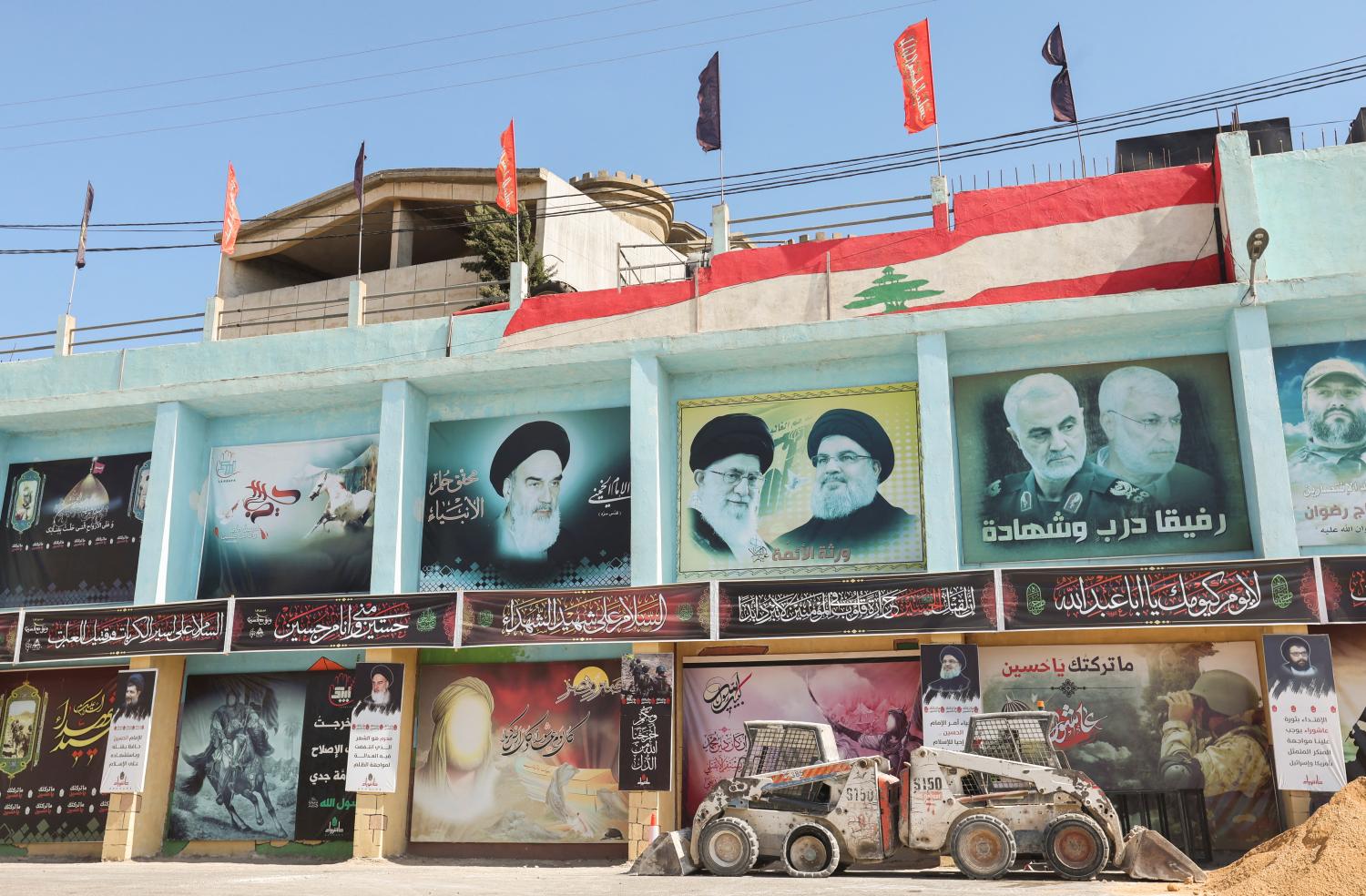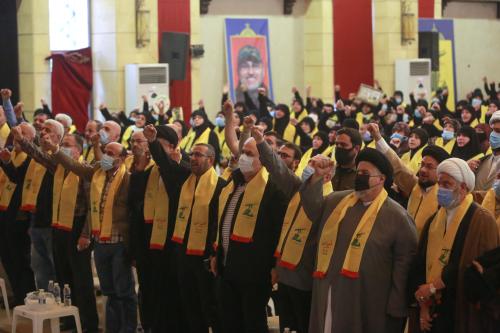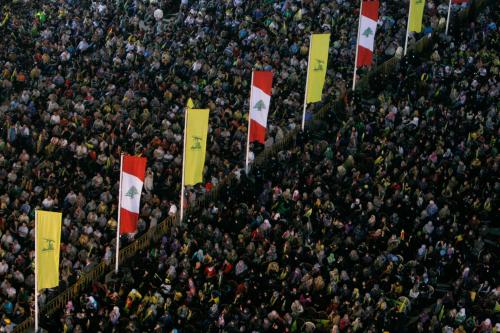Executive Summary
The Lebanese Hezbollah is no longer the same organization that in 2006 battled the Israeli army to a standstill: the group today is more global, but has a weaker domestic position than in the past. For the last decade, Hezbollah has focused its formidable energies on helping its longtime ally, Syrian President Bashar al-Assad’s regime in Syria, win the country’s civil war. As that conflict winds down with Assad secure in power, Hezbollah is pulled in many competing directions. Lebanon itself is in crisis, with Hezbollah’s own legitimacy declining. Iran is pushing Hezbollah to be even more expansive, continuing to help fight Israel and to bolster militant groups in Iraq, Yemen, and other countries. Hezbollah retains its enmity towards Israel and remains a dangerous threat, but the group appears careful to avoid activities that might escalate into all-out war. The United States can put more financial pressure on Hezbollah and otherwise attempt to weaken the group, but the group’s fate will ultimately depend on Lebanese and regional dynamics, with the group exercising considerable influence in Lebanon and the region, though not necessarily seeking greater conflict with Israel or the United States. Until the Lebanese themselves put their own house in order by reducing corruption, engaging in economic reform, and improving transparency, there will be limits on how much the United States can, or should, engage with Lebanon.
In July 2022, the Lebanese Hezbollah sent unmanned drones to threaten Israel as it attempted to begin production at Karish gas field. Israel viewed the drone flights with alarm and shot them down. Yet for all the concern, the Hezbollah threat did not stop Israel and Lebanon – where the group is a powerful political player – from negotiating a deal over the field, heralded as an important step forward in bilateral normalization.1 Indeed, despite Hezbollah’s bluster, it proved willing to allow the deal to move forward and eventually even praised it, suggesting it might want to rock the boat but not tip it over.
Although Hezbollah’s blustering over Karish seemed to suggest the group was ending its decade-long focus on Syria and returning to menace its historic enemy, the Lebanese group is no longer the same organization that in 2006 battled the Israeli army to a standstill: Hezbollah today is more global, but has a weaker domestic position than in the past. For the last decade, the group focused its formidable energies on helping its longtime ally, Syrian President Bashar al-Assad’s regime in Syria, win the country’s civil war. As that conflict winds down with Assad secure in power, Hezbollah is pulled in many competing directions. Lebanon itself is in crisis, with Hezbollah’s own legitimacy declining. Iran is pushing Hezbollah to be even more expansive, to continue to help fight Israel, and to bolster militant groups in Iraq, Yemen, and other countries.
Hezbollah itself has multiple strategic aims. It has long moved away of its vision of imposing an Iran-like theocratic state in Lebanon, instead seeking at least a strong, and perhaps a dominant, political role in the country while working with other communities. Hezbollah is also committed to its fight with Israel, regarding the Jewish state as fundamentally illegitimate and, as part of this struggle, assisting Palestinian militant groups. The group also seeks to advance Tehran’s foreign policy interests, working with Iran’s minions and would-be allies around the world. Hezbollah balances these competing, and at times conflicting, priorities, but the group is likely to remain cautious about renewing any conflict with Israel or striking the United States.
To understand Hezbollah’s dilemmas, it is important to examine the different theaters in which the Lebanese group operates. These include Hezbollah’s changing position in Lebanon; the group’s relationships with its longtime state sponsors, Syria and especially Iran; Hezbollah’s role in various conflicts in the Muslim world, often at Iran’s behest; its stance towards Israel, its traditional nemesis; and finally, the broader terrorism threat it might pose to the United States. An examination of these different theaters suggests Hezbollah is likely to be cautious in the years to come, trying to play multiple roles yet avoiding all-out clashes with Israel or other steps that might prove disastrous for the group. The United States has limited influence in Lebanon, but it can take small steps to weaken Hezbollah.
-
Acknowledgements and disclosures
The author would like to thank Jeffrey Feltman, Matthew Kirchman, Emma McCaleb, Bruce Riedel, Bilal Saab, and an anonymous reviewer for their comments on previous versions of this paper and Alexandra Dimsdale for her help with the publication process.
-
Footnotes
- Patrick Kingsley, “Israel and Lebanon reach landmark maritime agreement,” The New York Times, October 11, 2022, https://www.nytimes.com/2022/10/11/world/middleeast/israel-and-lebanon-maritime-deal.html.






